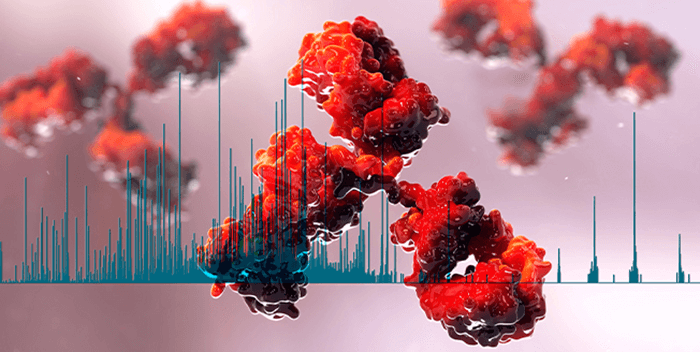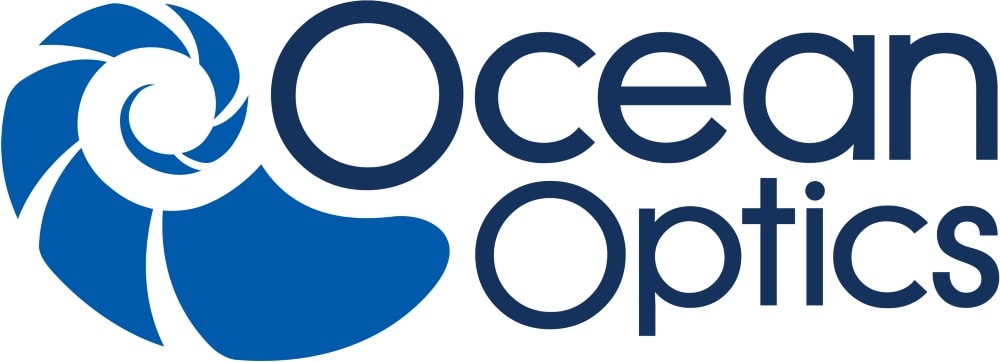The aim of this work is to develop a high-resolution accurate mass (HRAM) multi-attribute method (MAM) for the analysis of monoclonal antibody (mAb) critical quality attributes (CQAs). In this application note, we will describe the optimization and application of the Thermo Scientific™ HR Multi-Attribute Method as a complete workflow to monitor CQAs of the NISTmAb standard, including glycosylation, deamidation, isomerization, succinimide formation, oxidation, C-terminal lysine truncation, N-terminal pyroglutamate, and glycation, under normal and stressed conditions. In addition, we will demonstrate the capability of the HR MAM workflow for new peak detection (NPD) using spiked and stressed samples. The importance of HRAM in CQA quantitation and NPD will be discussed.

In accordance with Quality by Design (QbD) principles outlined by regulatory agencies, it is essential for the biopharmaceutical industry to identify, quantify, and monitor potential CQAs and impurities of protein therapeutics during process development and lot release.1,2 Traditionally, a variety of separation techniques such as hydrophilic-interaction liquid chromatography (HILIC), size-exclusion chromatography (SEC), cation-exchange chromatography (CEX), capillary electrophoresis (CE), and reversed-phase high performance liquid chromatography (RP-HPLC) are used in conjunction with ultraviolet (UV) spectroscopy, nuclear magnetic resonance (NMR) spectroscopy, and enzyme-linked immunosorbent assay (ELISA) to comprehensively measure these attributes and assess purity. In 2015, Rogers et al.1 developed the MAM, taking advantage of the HRAM capabilities of Orbitrap-based MS detection for simultaneous identification, quantitation, and monitoring of product quality attributes (PQAs) of two antibodies, Mab1 (IgG1) and anti-streptavidin IgG2. It was also demonstrated that MAM is well suited for NPD, enabling new peaks (“impurities”) to be identified when comparing to a reference.2





